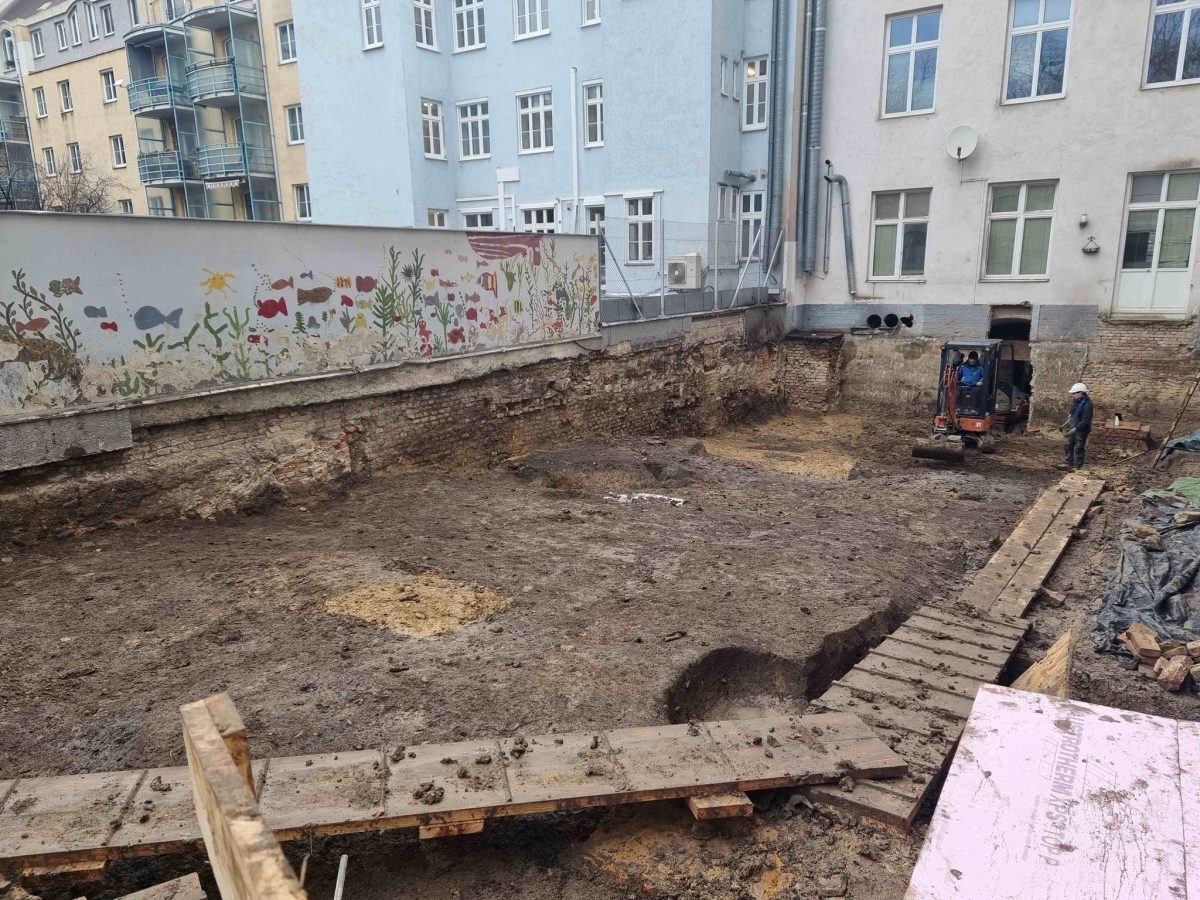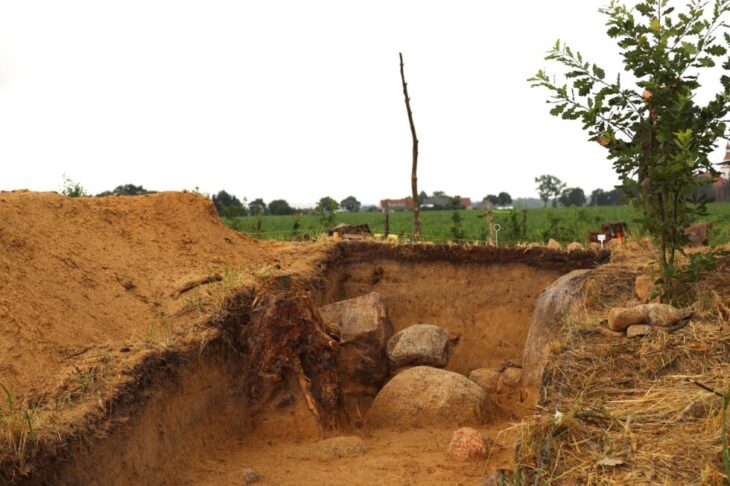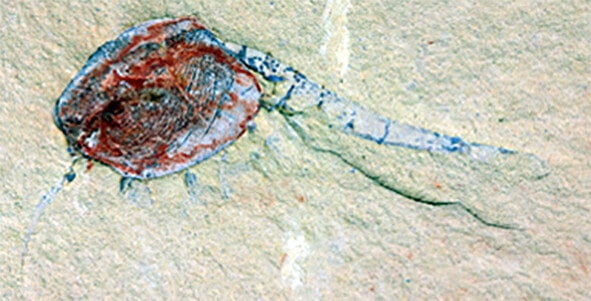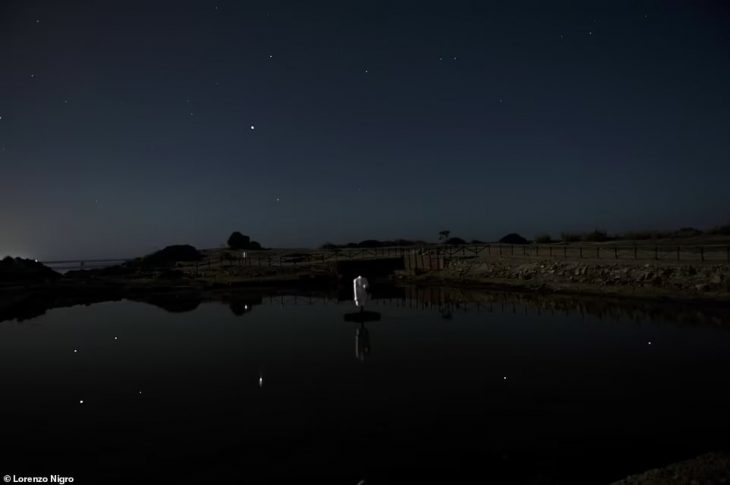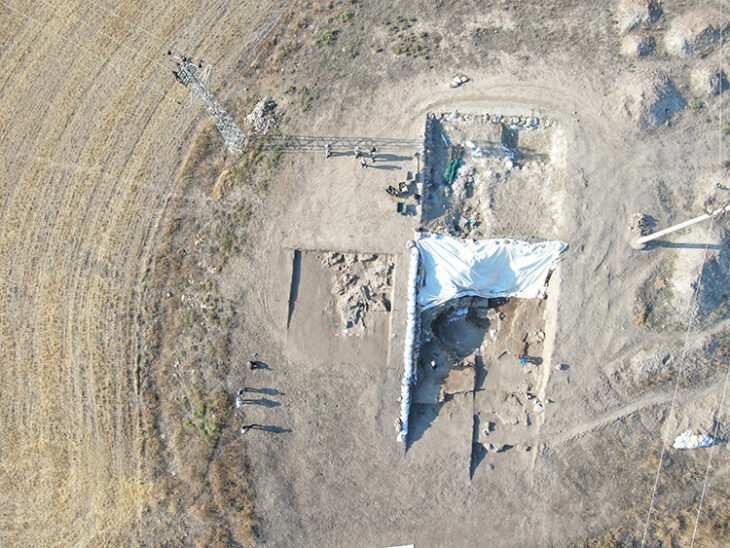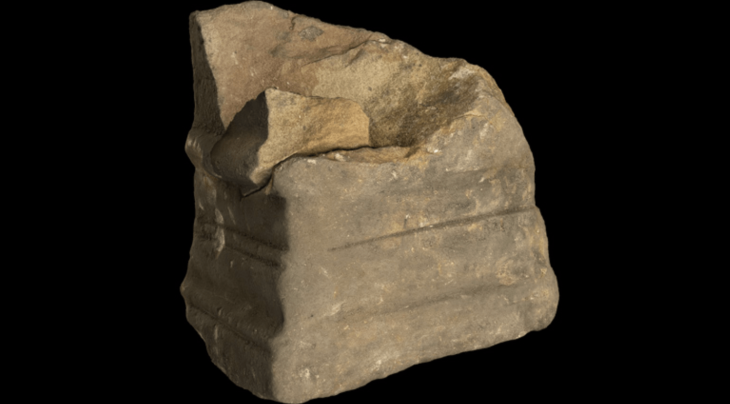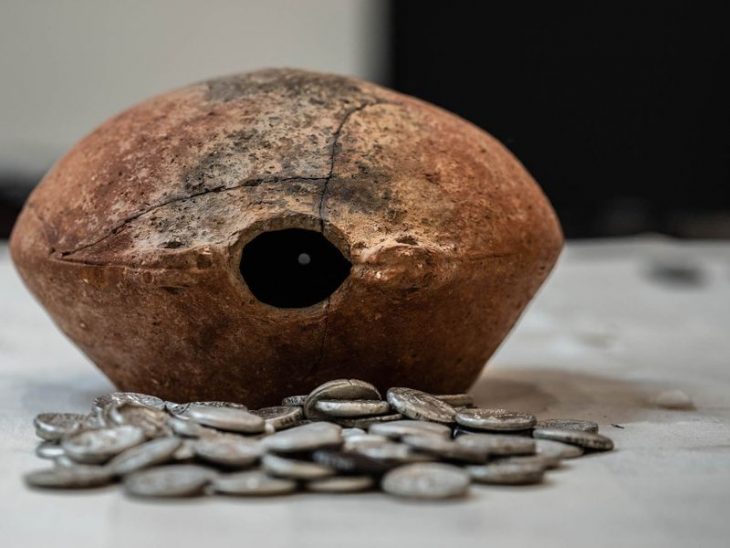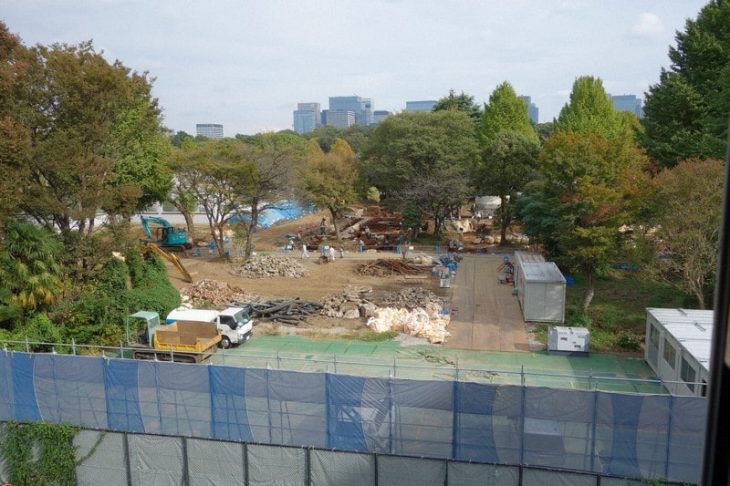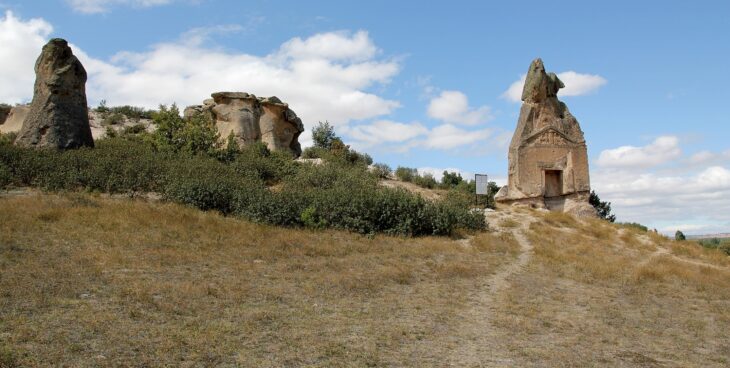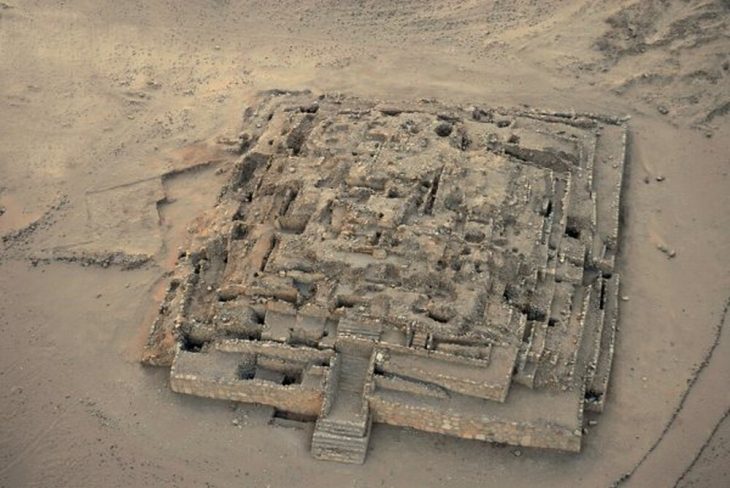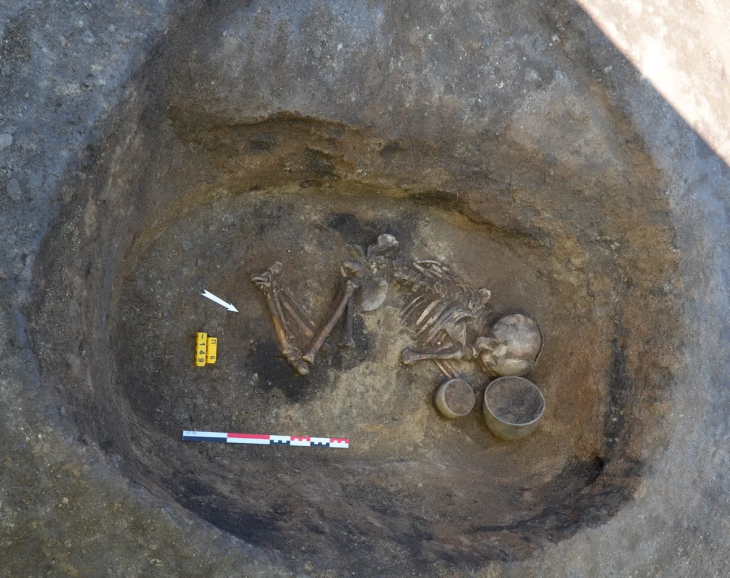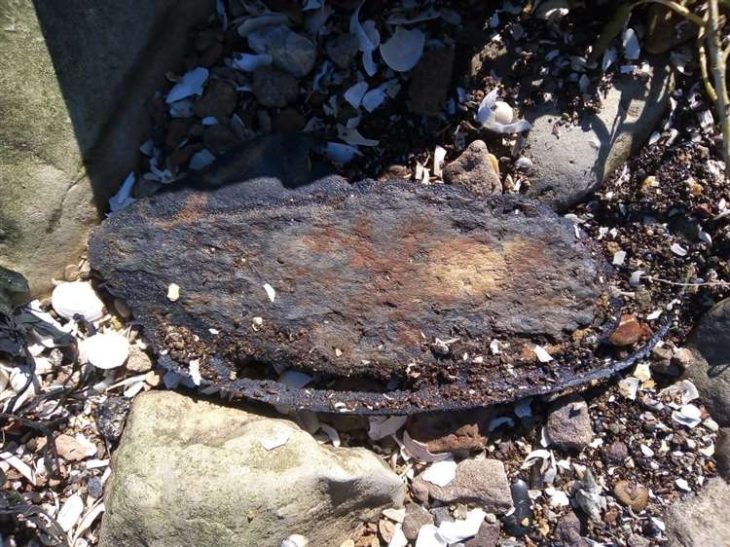The fourth oldest school in Vienna, the Kindermanngasse Elementary School, is being completely renovated. As part of the renovation of the School, archaeological excavations have been taking place in the inner courtyard of the area for several weeks, providing new insights into the historical development of this urban area.
Vienna, like many other cities in Continental Europe, traces its roots back to ancient Rome. In the first century AD, the Romans established Vindobona, a military camp that was one of many similar facilities along the Limes frontier. The camp was located in what is now the heart of the city.
The location reflected its strategic value; the Danube marked the border between the Roman Empire and the German tribes. Vindobona also protected important trade routes.
At its peak, the military fort here with associated military and civil settlements had a population of around 30,000; the Roman presence lasted roughly 350 years from the early 1st century.
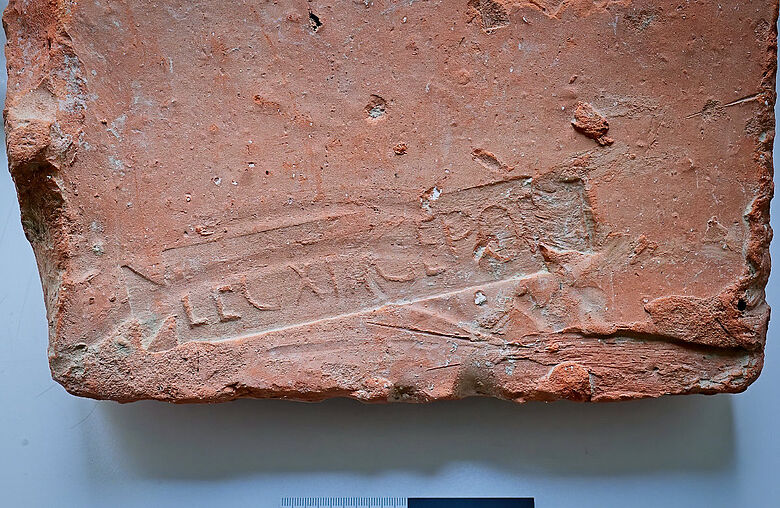
The excavations revealed complex findings, including remains of buildings from the oldest part of the Roman legionary brickworks as well as settlement findings from the High or Late Middle Ages (around 1050 to 1250).
📣 Our WhatsApp channel is now LIVE! Stay up-to-date with the latest news and updates, just click here to follow us on WhatsApp and never miss a thing!!
The excavation team from Vienna City Archeology discovered several beam graves and post settings that belong to a wooden building from the first half of the 2nd century. Initial studies of the floor plan suggest a functional interpretation of the building as part of the legion’s brickworks. One pit contained numerous stamped bricks from the Legio XIII Gemina (98–101 AD), which were used to build pillars for underfloor heating.
An earth cellar with a preserved staircase and step-like wall installations dates from the High or Late Middle Ages. The room was probably used to store supplies.
The archaeological investigations in the courtyard of the Kindermanngasse Elementary School, 1170 Vienna, are scheduled to be completed at the beginning of February.
Cover Photo: City Archeology Vienna / Facebook

